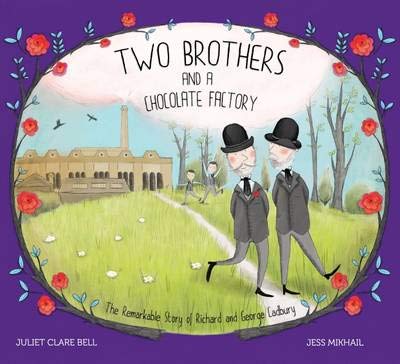In my Research Secrets column in the national writing magazine Writers’ Forum this month #215 Sep 2019, I interview Simon Whaley about the research he does for his magazine articles.

Simon told me:
“What I love about research is the plethora of ideas for potential articles that it generates. You can be researching about one thing, and then come across one small fact that triggers an idea for an entirely different article, for an entirely different market.”
Simon Whaley
He said he uses a program called Evernote to store and organise all his research as it enables him to ‘tag’ notes. He often tags notes with useful contacts, the types of activity, such as event, attraction, tourist, walk and also with the locations such as county, country, towns and villages. This means when he searches something such as Walks and Shropshire it will bring up every note with those tags no matter which project he originally collected the information for.
Simon explained he always makes written notes when researching his articles, even if he has his Dictaphone switched on while interviewing someone. He explained he was once commissioned to undertake a walking route for Country Walking magazine when they discovered he wrote all his routes down in a notebook. The staff writer had dictated the route description into their smartphone, only to discover when they got back to the office four hours later that their smartphone had failed to record. You don’t have that problem writing in a notebook.
He labels all his notebooks and they in turn are an excellent resource.

Simon’s notebooks
Simon told me how he had to endure a luxury overnight stay at Weston Park, home of the Earl of Bradford. Not only did he have to experience a 5-course meal sat at the same table used by the Heads of State when the G8 summit was held there, but he also had the opportunity to interview the Head Butler and the Head Gardener.

Photo of Graeme Currie, the Head Butler at Weston Park (c) Simon Whaley
He said he finds his written notes invaluable when he comes to write his articles. He also takes lots of photographs, which he can refer to.
I take photos of everything: information panels, pages inside books, entry fee panels, accommodation rooms I stay in … everything! How many windows on the ground floor at the front of Weston Park? Eight. (I have a photo.) Which Heads of State were at the G8 summit at Weston Park? Clinton, Kohl, Chretien, Santer, Blair, Chirac, Hashimoto, Prodi and Yeltsin. (I have the photo.)
Simon Whaley

Photo of the Heads of State signatures at the G8 summit at Weston Park (c) Simon Whaley
Simon’s research tip was to take photographs of the information panels as it is the best way to capture all the details and you can read it at your leisure when you get home.
You can find out more about Simon Whaley and his writing on his website:
Website: www.simonwhaley.co.uk
Twitter: @simonwhaley
Facebook: https://www.facebook.com/SimonWhaleyAuthor



























